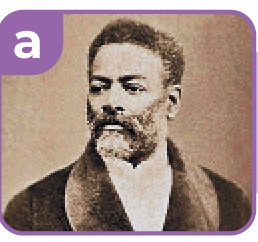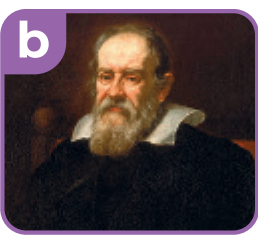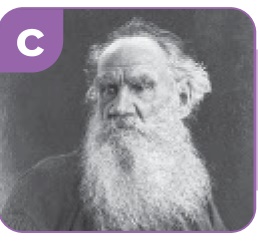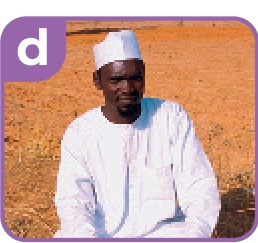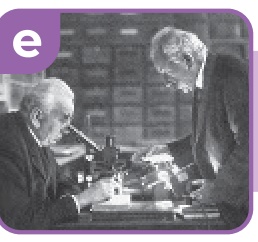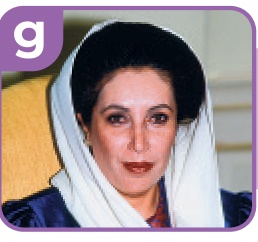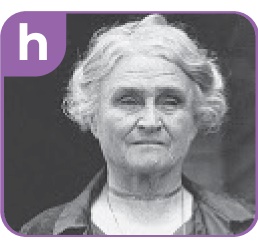Unit 6 People and their stories
1
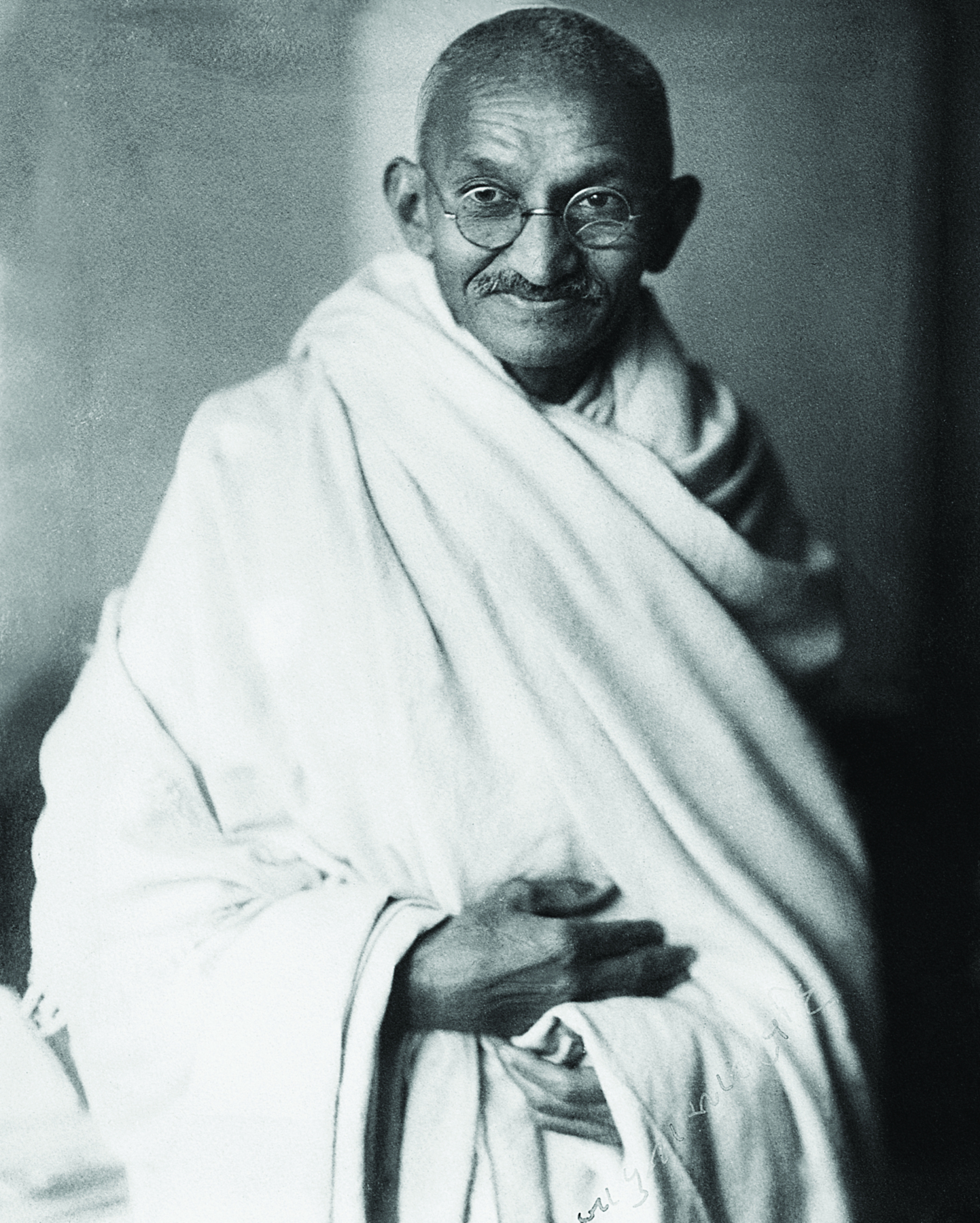
2

3
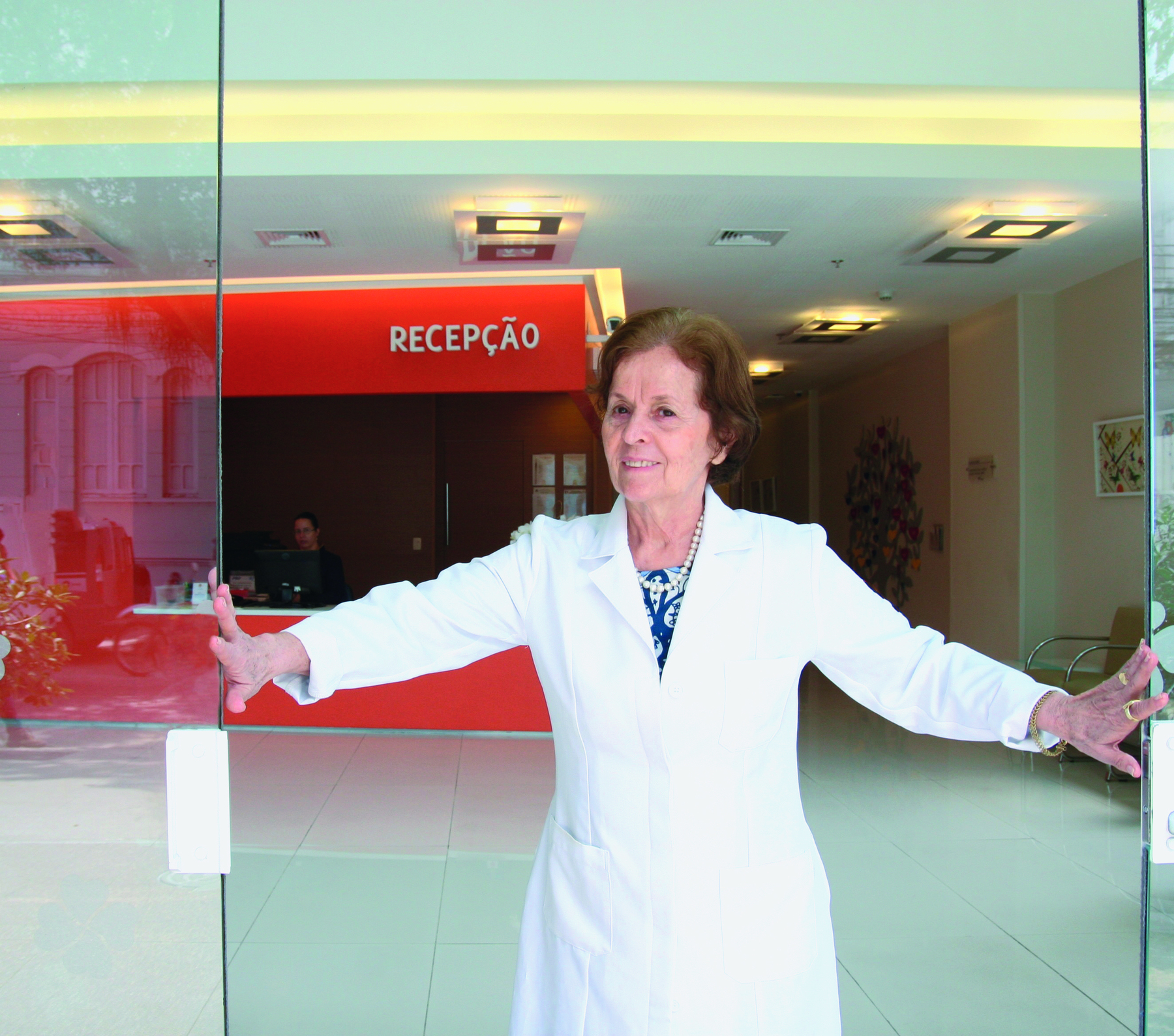
4
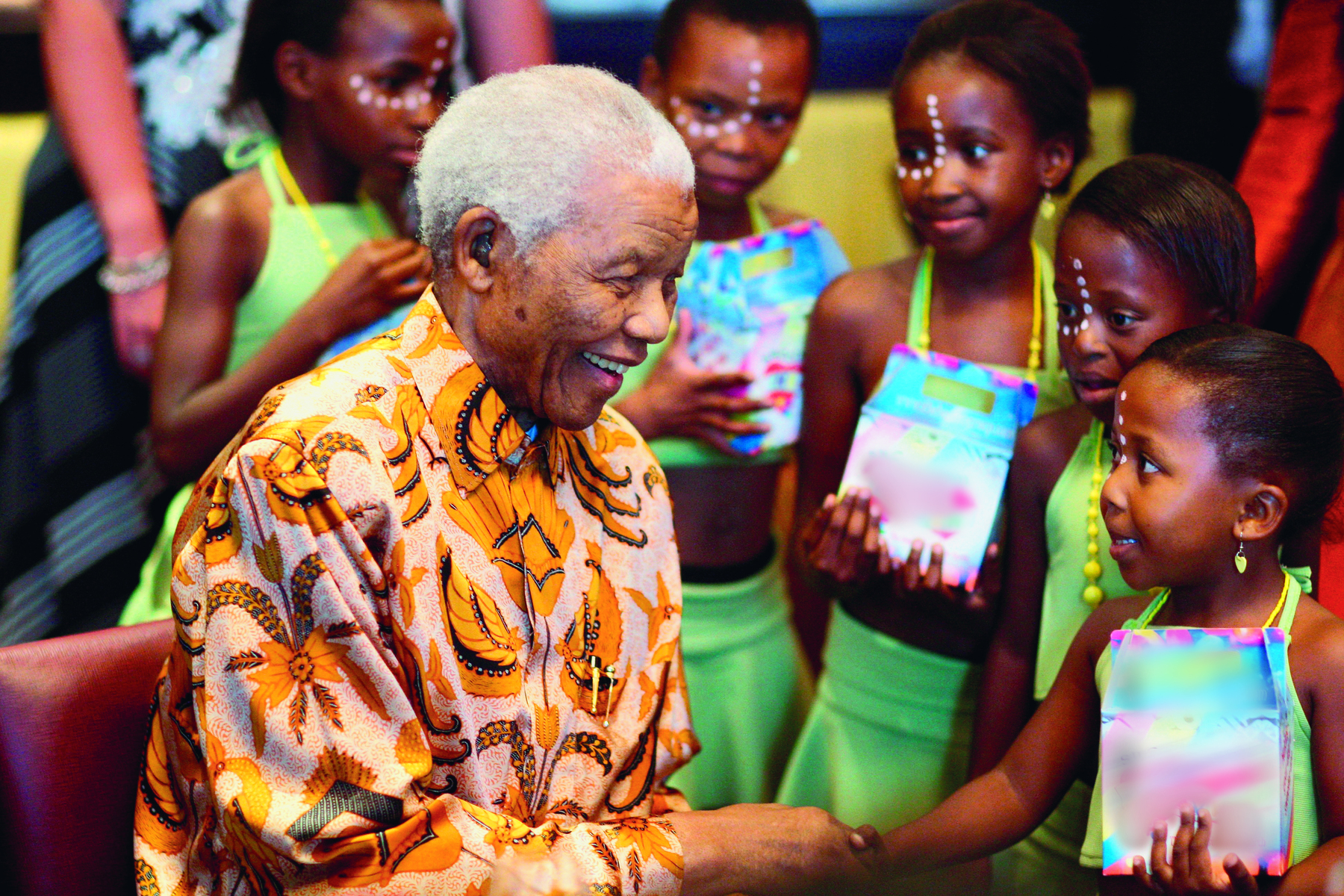
Objetivos
- Compreender e produzir uma biografia.
- Compreender e produzir uma narrativa biográfica para um audiolivro.
- Compreender e utilizar conectivos que expressam ideia de adição, contraste, causa, tempo (antes/depois), motivo e consequência.
- Compreender e utilizar o pésti simplôl com foco em verbos irregulares.
- Refletir sobre a história de vida de pessoas que se tornaram notórias em algum campo por suas contribuições em causas importantes.
fãrsti interéquitchions
- Discuss these questions with your classmates.
- Quem você consegue identificar nas imagens?
- Que fator em comum tornou essas pessoas conhecidas?
- O que você sabe sobre a vida de cada uma delas? Como descobriu essas informações?
- Answer these questions orally.
- Há alguém que tenha entrado para a história e que você admire? O que você sabe sobre essa pessoa? Por que você a admira?
- O quanto você sabe sobre o passado de seus ou suas familiares? Você costuma ouvir as histórias deles ou delas ou perguntar sobre como as coisas eram antes de você nascer?
Versão adaptada acessível
b. O quanto você sabe sobre o passado de seus/suas familiares? As histórias deles/delas são compartilhadas com você? Ou você costuma perguntar sobre como as coisas eram antes de você nascer?
c. Pense nas pessoas adultas que você conhece. Que eventos históricos elas vivenciaram? Você já perguntou a elas sobre como foi viver naquele tempo? Em caso afirmativo, o que ouviu?
Versão adaptada acessível
c. Pense nas pessoas adultas que você conhece. Que eventos históricos elas vivenciaram? Você já perguntou a elas sobre como foi viver naquele tempo? Em caso afirmativo, o que descobriu?
d. E você? De quais experiências você se recorda e quais gostaria de compartilhar?

agients ófi tchengi
“Historians have finally recognized that the everyday memories of everyday people, not just the rich and famous, have historical importance. If we do not collect and preserve those memories, those stories, then one day they will disappear forever.”
MOYER, Judith. Step-by-Step Guide to Oral History. Do History, 2009. Disponível em: https://oeds.link/ApcmA2. Acesso em: 24 maio 2022.
O que podemos aprender ouvindo ou lendo as histórias de vida de outras pessoas, conhecidas ou não? Por que é importante valorizar as histórias de pessoas comuns, como diz a citação? Como essas histórias podem ser preservadas e passadas adiante?
rídin
A biography
Pre-reading
1. Look at the pictures and discuss the questions with your classmates.
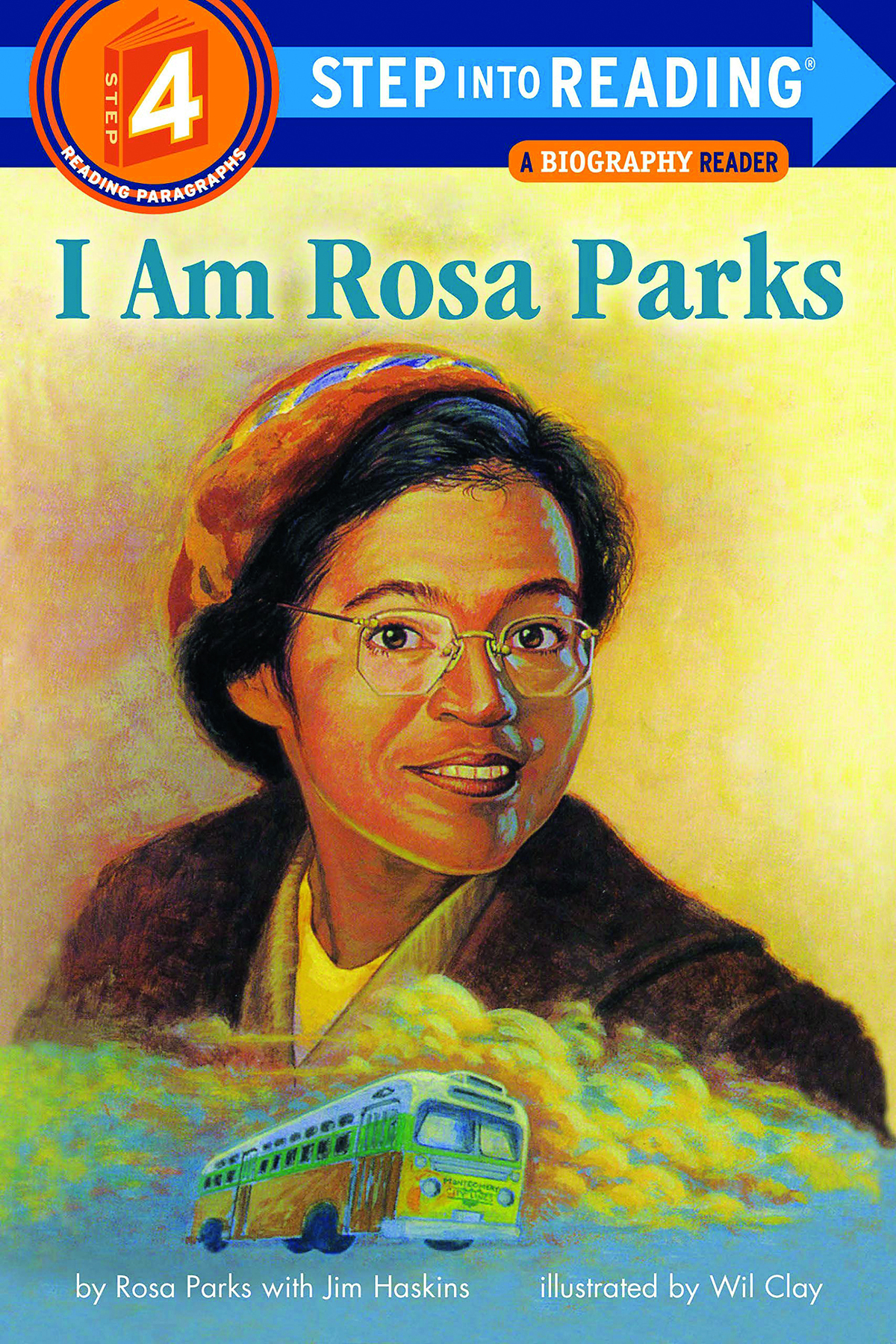
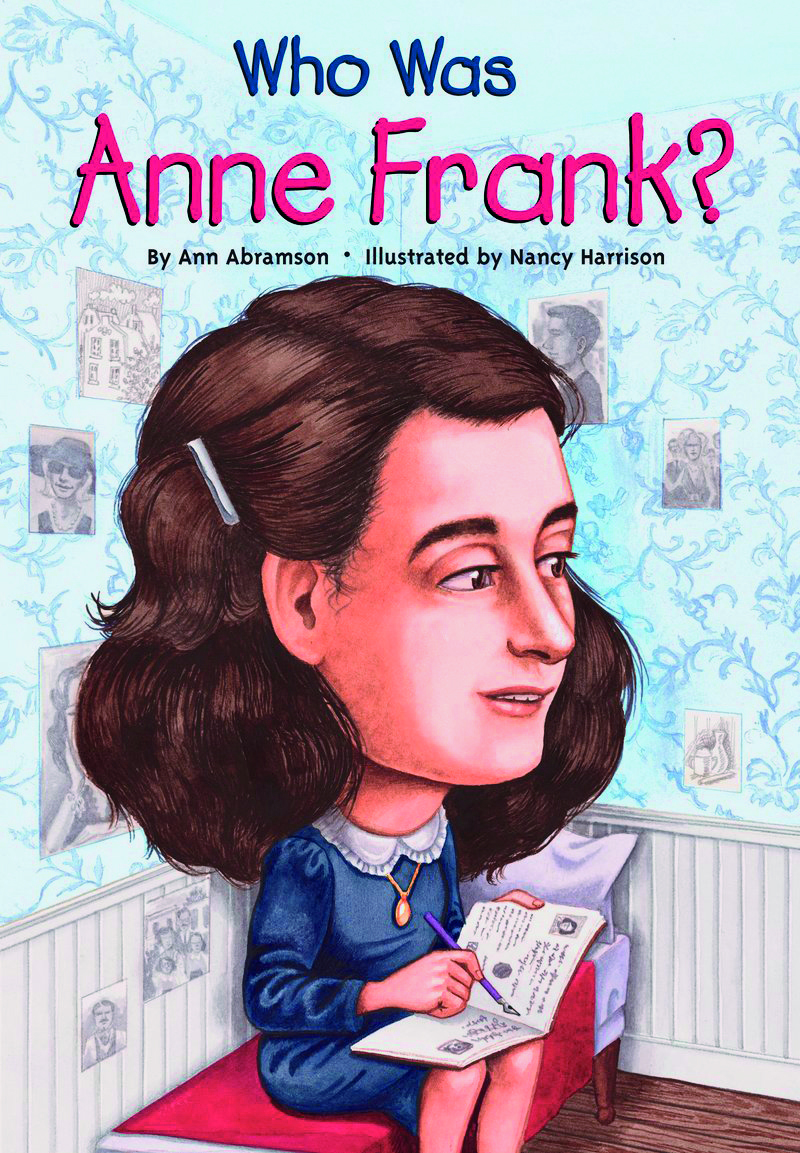
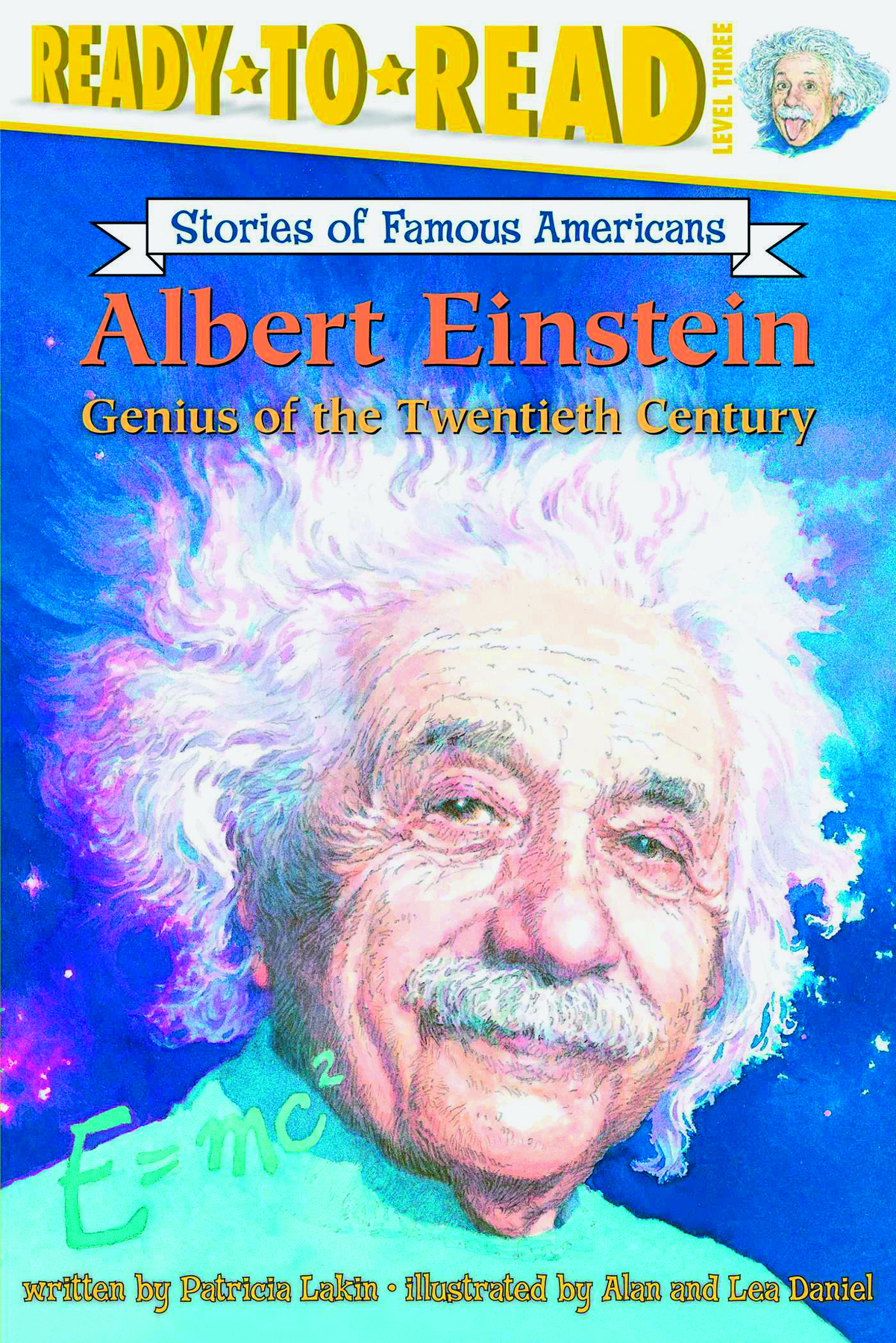
a. O que as imagens reproduzem? Que tipos de informação elas trazem?
b. Qual é o provável conteúdo desses livros?
c. Com base em sua resposta no item “b”, que gênero textual essas obras literárias representam?
2. What is the difference between a biography and an autobiography? Share your answer with a classmate. Then read the definitions and compare them to your answer.
A narrative that records the actions and recreates the personality of an individual is called a biography (from a Greek term meaning “life-writing”). An individual who writes the story of his or her own life is creating an autobiography, meaning self-biography.
BIOGRAPHY. Kids Britannica. Disponível em: https://oeds.link/7AMWHK. Acesso em: 24 maio 2022.
3. Take a look at this text. Then answer the questions in your notebook.
téquist uán

History Biography Geography Science Games
Albert Einstein
Biographies for kids Occupation: Scientist and Inventor Born: March 14, 1879 in Ulm, Germany Died: 18 April 1955 in Princeton, New Jersey Best known for: Theory of Relativity and E=mc2
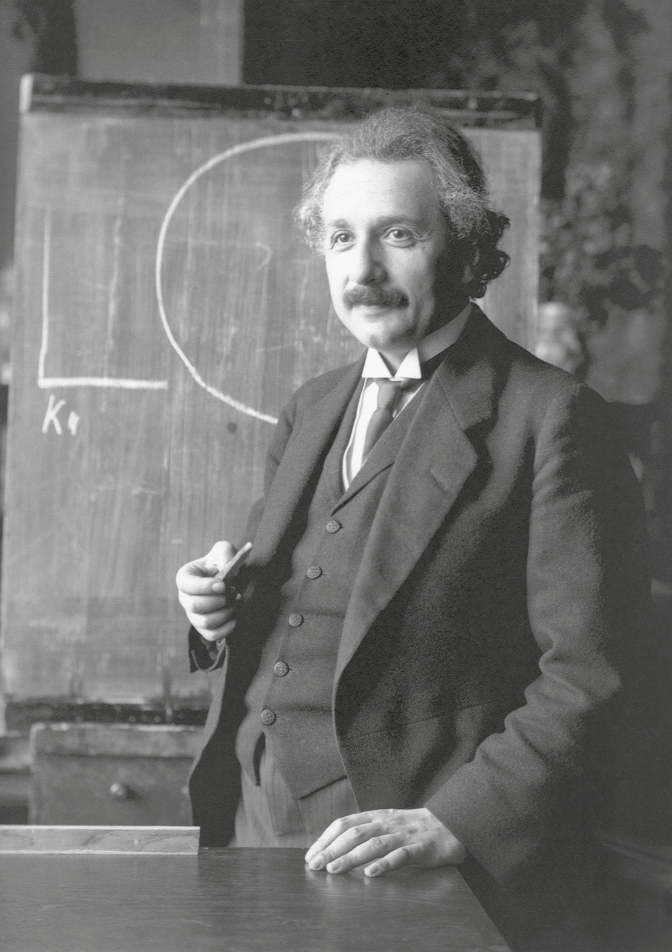
Biography Albert Einstein was a scientist in the early 1900s. He came up withglossário some of the most important discoveries and theories in all of science. Some people consider him to be one of the smartest people of the 20th century. […] Read here to learn more about Albert Einstein; what he was like and what discoveries and inventions he made. Where did Einstein grow up? Albert Einstein was born in Ulm, Germany on March 14, 1879. He spent most of his childhoodglossário in Munich, Germany. His father had an electronics company and Albert learned a lot about science and electronics from his dad. […] He didn’t finish school in Germany, but ended up his schooling in Switzerland. […]Was Albert Einstein a U.S. citizenglossário ? Albert immigrated to the United States in 1933. He was fleeing from the Nazis in Germany who didn’t like Jewishglossário people. […] In 1940 Einstein became a U.S. citizen. E = mc² and Einstein’s Theory of Relativity Albert Einstein had many discoveries as a scientist, but is most known for his Theory of Relativity. This theory changed much in the way scientists look at the world and set the foundation for many modern inventions, including [...] the nuclear energy. […] What other discoveries is Albert Einstein noted for? […] Photons – In 1905 Einstein came up with the concept that light is made up of particles called photons. Most scientists of his day didn’t agree, but later experiments showed this to be the case. This became an important discovery for many branches of science and he was awarded the Nobel Prize for Physics in 1921. […] Einstein wrote many papers which included theories and models that would help define and move forward our understanding of the world and particularly quantum physics. […] Fun Facts about Albert Einstein • Albert experienced speech problems as a child. His parents were worried that he wasn’t very smart! • He failedglossário his first try on his entrance exam for college (this gives us all hope!). […] • Albert had a sister named Maja. [...] Read a more detailed Albert Einstein biography. [...] Back to Biographies >> Inventors and Scientists
ALBERT Einstein. Ducksters. Disponível em: https://oeds.link/Czn8cL. Acesso em: 24 maio 2022.
a What’s the title of the text?
b Where was it published?
c Who is the intended audience?
d What kind of text (genre) is this?
- Read the whole text and complete these activities in your notebook.
- Check the only aspect of Einstein’s life that is nót covered in the biography.
- When/Where he was born.
- His childhood.
- The fact that he lived in the U.S.
- His wife and children.
- His inventions and discoveries.
- Name the section you must read more attentively if you want espaço para resposta
- to learn curiosities about Einstein’s life.
- to read a summary of his biography.
- information about Einstein’s most important work.
- information about his childhood.
- information about Einstein’s other works.
- Check the only aspect of Einstein’s life that is nót covered in the biography.
Reading
- Now read the text and answer the questions in your notebook.
- When and where was Albert Einstein born?
- From whom did he learn about science and electronics?
- In which countries did he study?
- What did he do to escape the Nazis?
- Why was Einstein’s Theory of Relativity important?
- Why was Albert Einstein awarded the Nobel Prize for Physics in 1921?
- What facts about Einstein’s life made people think he was not intelligent?
- Who took the picture that accompanies the text?
- Order the following topics according to the structure of text 1. Then answer: in your opinion, is this the only way to present a biography?
- Fun facts.
- Birth/Deathglossário dates and places.
- Introduction to the topic.
- Title.
- Professional life and achievementsglossário .
- Picture depicting the subject of the biography.
- Personal life.
Going further
Pesquise outras biografias de Albert Einstein ou de outras pessoas de seu interêsse (em português, inglês e outras línguas que conheça). Você pode consultar enciclopédias, livros, sites, apresentações interativas, vídeos etcétera Analise e compare como os textos são organizados, que tópicos incluem (ou não incluem) sobre os ou as biografados ou biografadas, o tipo de linguagem utilizada, os tipos de recursos visuais e multimídia e sua finalidade. Organize um resumo do que descobrir a respeito do gênero biografia e compartilhe-o com seus ou suas colegas.
7. Read the following extract from another biography of Albert Einstein. Answer the questions with a classmate.
téquist tchú
Welcome
Login Register
HOME FUN LEARN RHYMES
You Are Here: Home ◆ Learn ◆ Culture ◆ Famous People ◆ Biography
BIOGRAPHY | CULTURE | FAMOUS PEOPLE | LEARN
Intro Thcory Inventions Facts
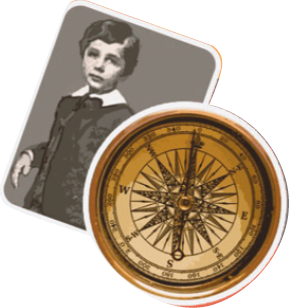
Early Childhood – A genius was born Albert Einstein was born in Germany in 1879, to a Jewish family. His father was an engineer and a salesman. Einstein wasn’t a very bright student. He even had problems with his speech. When he was five years old, Einstein saw a magnetic compass and marvelled at the needle that kept moving with an invisible force. At age 12, he found a book on geometry which he read over and over again.
1 2
ALBERT Einstein biography. Mocomi. Disponível em: https://oeds.link/bD457B. Acesso em: 24 maio 2022.
- Is the presentation of this biography similar to the one in text 1? Explain.
- What topics does the second biography cover?
- How many screens are there in the “Intro” section?
- Does this extract show the beginning or the end of the “Intro”? How do you know?
e. What pieces of information are provided in both biographies?
Post-reading
- Discuss these questions with your classmates.
- Considere sua resposta ao item “e” da atividade 7. Por que ambos/ambas os ou as biógrafos/as incluíram essas informações nos textos?
- O que você sabia sobre Álbert Ainstén antes de ler esses textos? E o que foi novidade? Qual é a sua opinião sobre a biografia dele?
- Você gostaria de saber mais sobre essa personalidade? Explique a razão.
- Há algum aspecto da vida de ainstain que, em sua opinião, póde servir de motivação para alguém? Em caso afirmativo, qual e para quem?
- Qual das duas fórmas de biografia vistas aqui é mais atraente para você? Por exemplo, você gosta mais de ler um texto linear, com começo, meio e fim visíveis (como o texto 1), ou prefere uma leitura que permita mais autonomia e interação (como o texto 2)? Justifique.
lenguage in iusi uon
Past simple with irregular verbs
1. Read these sentences from the “Reading” section. Then, in your notebook, choose the appropriate option.
“Who was Anne Frank?”
“Albert Einstein was a scientist in the early 1900s.”
“Was Albert Einstein a U.S. citizen?”
“His parents were worried that he wasn’t very smart!”
- The sentences are in the espaço para resposta
- past.
- present.
- The highlighted word in the four sentences is the verb espaço para resposta
- to be.
- to have.
Versão adaptada acessível
Atividade 1, item b.
b The forms “was”, “were” and “wasn’t” in the four sentences are the verb I to be. II to have.
- To make interrogative and negative sentences with this verb in the past, we use espaço para resposta
- auxiliary verb + main verb + subject (interrogative form); subject + not (negative form).
- verb + subject (interrogative form); subject + verb + not (negative form).
2. Look at the picture. Use your imagination and try to guess why this girl is reading a book with a flashlight under the covers.
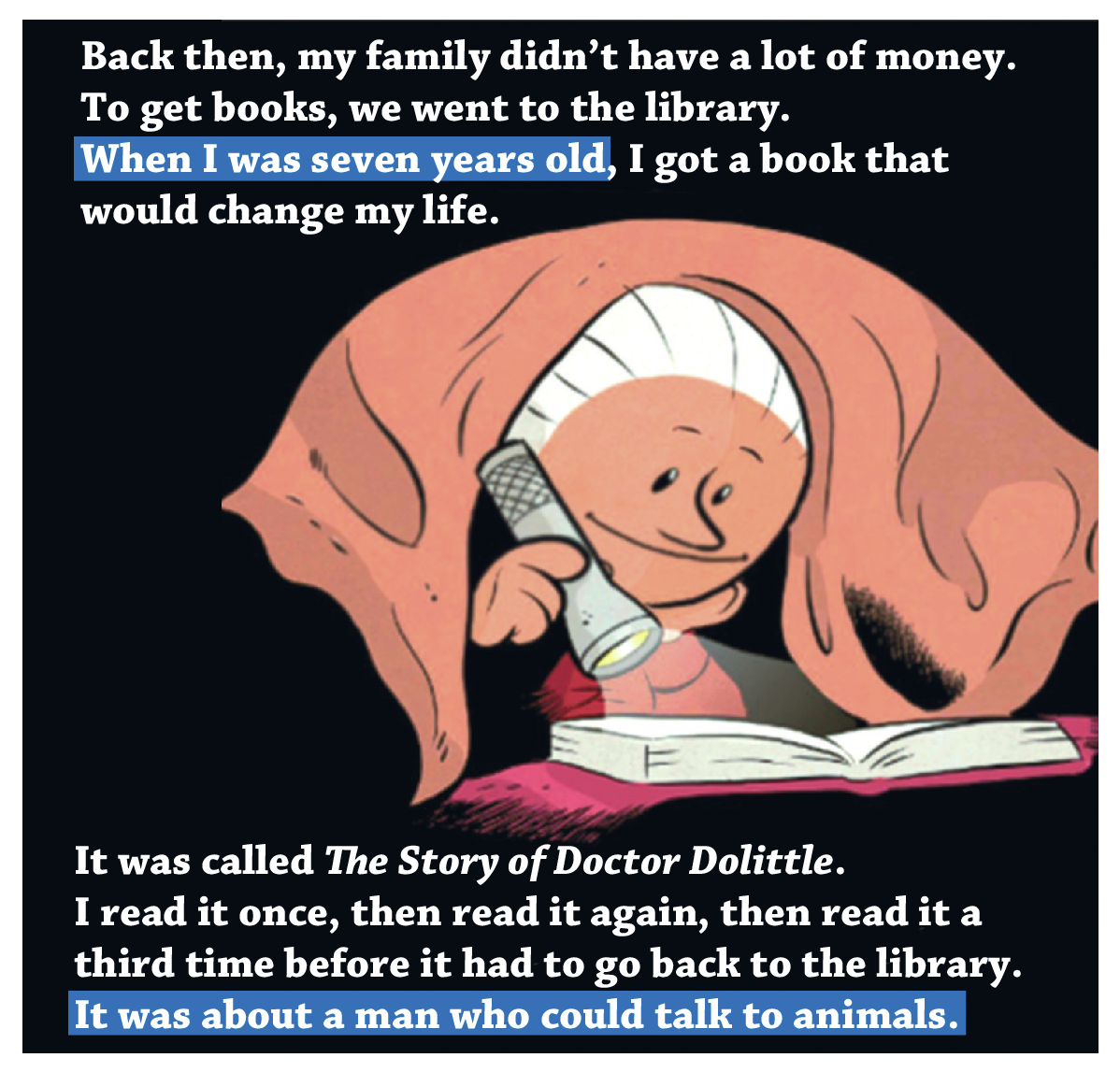
MELTZER, Brad; ELIOPOULOS, Christopher. I am Jane Goodall. Nova York: Dial Books for Young Reader, 2016.
3. Now read the text in activity 2. Then tell your classmates what you understood about it.
4. Study the sentences in activity 1 and the highlighted sentences in the extract about Jane Goodall in activity 2. Then choose the appropriate option in your notebook.
Versão adaptada acessível
Atividade 4.
4 Study the sentences in activity 1 and the sentences “When I was seven years old,” and “It was about a man who could talk to animals.” in the extract about Jane Goodall in activity 2. Then choose the appropriate option in your notebook.
- The verb was is used with uí, iú, dei/ai, he, xi, ít.
- The verb were is used with uí, iú, dei/ai, he, xi, ít.
5. In your notebook, match the names in the first column to the nationalities and the professions/occupations in the second and third ones. See the example.
Example: Luís Gama / Brazilian / lawyerglossário , abolitionist, writer
|
Person |
Nationality |
Main occupation(s)/Role(s) |
|---|---|---|
|
|
Nigerian |
lawyer, abolitionist, writer |
|
|
Brazilian |
politician |
|
|
Australian |
writers |
|
|
English |
pioneer for women’s and children’s rights |
|
|
Italian |
film-makers, inventors |
|
|
French |
scientist, scholar |
|
|
Pakistani |
inventor |
|
|
Russian |
writer |
scholarglossário
6. Work in pairs to compare your answers to activity 5.
Student A Was Benazir Bhutto Russian?
Student A Was she an inventor?
Student B I think so./I don’t think so.
Student B Yes, she was./No, she wasn’t./I’m not sure./I think she was a politician.
7. In pairs, play a guessing game about these influent people. Write four sentences about them, following the example. Then say them out loud to your classmate without mentioning the name of the person. He/she has to guess who it is.
(Benazir Bhutto) was a Pakistani politician.
- What do you remember about the formation of the past simple with regular verbs? Use these sentences from Einstein’s biography to help you.
- “Where didainstaingrow up?”
- “reticências álbertlearned a lot about science and electronics from his dad.”
- “He didn’t finish school in Germany, but ended up his schooling in Switzerland.”
- Read these extracts focusing on the irregular verbs in the past. What makes them different from regular verbs?
Versão adaptada acessível
Atividade 9.
9 Read these extracts focusing on the irregular verbs in the past (“had”, “didn’t have”, “went”, “got”, “read” and “knew”). What makes them different from regular verbs?
a.
“His father had an electronics company […]. […] Albert had a sister named Maja.”
ALBERT Einstein. Ducksters. Disponível em: https://oeds.link/Czn8cL. Acesso em: 24 maio 2022.
b.
“[…] my family didn’t have a lot of money. To get books, we went to the library. When I was seven years old, I got a book that would change my life. […] I read it once, then read it again, then read it a third time before it had to go back to the library.”
MELTZER, Brad; ELIOPOULOS, Christopher. I am Jane Goodall. Nova York: Dial Books for Young Reader. 2016. sem página
c.
“Being Jewish, Einstein knew he would have problems in Nazi Germany […]”
ALBERT Einstein biography. Mocomi. Disponível em: https://oeds.link/bD457B. Acesso em: 24 maio 2022.
10. In your notebook, make a mind map relating the following verbs to the highlighted verbs in activity 9.
get go have know read
- Based on activities 8 and 9, choose the words to make appropriate statements and write them in your notebook.
- The past simple of the irregular verbs is formed/isn’t formed by adding –ed to the base form of the verb.
- All/Not all the irregular verbs have the same spelling as the base form.
- The auxiliary verb did ís/ís nót used for both regular and irregular verbs in the negative and interrogative forms.
- Look at the verbs in the base form column. In pairs, try to guess their form in the past simple by matching them in your notebook.
|
Base form |
Past simple |
|
|---|---|---|
|
a |
become |
led |
|
b |
come |
felt |
|
c |
feel |
saw |
|
d |
lead |
came |
|
e |
see |
became |
leadglossário
Going further
Attention to the pronunciation:
I read (ri:d) the newspaper every day. (present simple of read )
I read (r3item dê the newspaper yesterday. (past simple of read )
- Complete these extracts about notable Australians with the past simple of the verbs given. Use your notebook.
- be (3vezes) come have see
Caroline Chisholm ◆ to Australia in 1838. She ◆ that many people ◆ poor and ◆ no place to live. She helped them get jobs and a home. […] Her picture ◆ on the five-dollar note. One of Australia’s most notable women ◆ Caroline Chisholm […].
SYDENHAM, Shirley; Thomas, Rony. Caroline Chisholm. 2020. Disponível em: https://oeds.link/beuQcq. Acesso em: 20 abril. 2023.
b. be (doisvezes) hold mêik
Edith Cowan ◆ the first woman to be elected to an Australian parliament. She narrowly defeated the sitting member on the strength of the work she had done to improve the lot of women, children and the under-privileged. Her election ◆ headlines around the country. Though she only ◆ her seat for a single term, Cowan ◆ an effective and independent-minded parliamentarian.
EDITH Cowan. National Museum Australia. Disponível em: https://oeds.link/2TtBS1. Acesso em: 24 maio 2022.
lenguage in iusi tchu
conéquitors
1. The following excerpts belongglossário to the same biography. There are some parts missing to challenge you to guess who it is about. Read the text to find out.
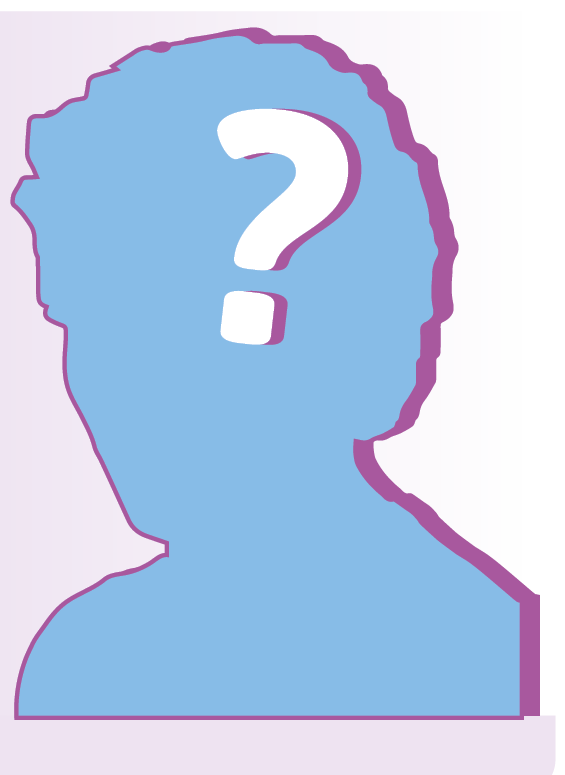
◆ is perhaps the greatest physicist who has ever lived. ◆ was born on January 4, 1643 in [...] England. Beginning at age 12, ◆ attended The King’s School, Grantham, where he was taught the classics, but no science or mathematics. [...] ◆ ’s famous apple [...] is not a myth. [...] he realized and proved that the force behind the apple’s fall also causes the moon to orbit the earth; and comets, the earth and other planets to orbit the sun. The force is felt throughout the universe, so ◆ called it Universal Gravitation. ◆ published very little work until his later years, because in his early years as a scientist, Robert Hooke disagreed strongly with a scientific paper ◆ published.
2. Complete the definitions with the highlighted words from activity 1. Use your notebook.
Versão adaptada acessível
Atividade 2.
Complete the definitions with the words “but”, “and”, “so” and “because” from activity 1. Use your notebook or computer.
Connectors are words that connect two or more words, phrases or clauses. Here are some examples of uses:
- espaço para resposta: used to express contrast.
- espaço para resposta: used to add ideas.
- espaço para resposta: used to explain the reason of something.
- espaço para resposta: is used to express that something occurred as a result of something.
- Go back to page 92 and look at the first book cover. Who is it about?
- Read different biographies of Rosa Parks. In your notebook, complete the sentences with the connectors from activity 2.

Biography Rosa Parks
Occupation: Civil Rights Activist Born: February 4, 1913 in Tuskegee, Alabama Died: October 24, 2005 in Detroit, Michigan Best known for: Montgomery Bus Boycott
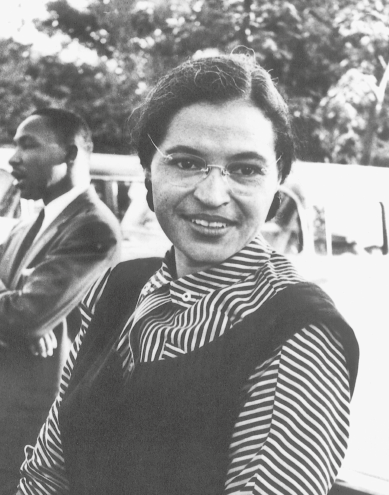
BIOGRAPHY – Rosa Parks. Ducksters. Disponível em: https://oeds.link/O8sNbM. Acesso em: 24 maio 2022.
a.
[…] Mrs. Parks was born Rosa Louise McCauley, February 4, 1913 in Tuskegee, Alabama. She was the first child of James ◆ Leona Edwards McCauley. […] after finishing Miss White’s School, she went on to Alabama State Teacher’s College High School. She, however, was unable to graduate with her class, ◆ of the illness of her grandmother Rose Edwards ◆ later her death. […] She received her high school diploma in 1934, after her marriage to Raymond Parks, December 18, 1932. […]
BIOGRAPHY. Rosa and Raymond Parks Institute. Disponível em: https://oeds.link/191iCG. Acesso em: 24 maio 2022.
b.
[…] As a child, Rosa became aware of the segregation […] in Alabama. She experienced deep-rooted racism ◆ became conscious of the different opportunities faced by white ◆ black children. […]
ROSA Parks biography. Biography Online. Disponível em: https://oeds.link/Uv85zU. Acesso em: 10 março 2022.
c.
[…] Parks is famous for her refusal on 1 December 1955, to obey bus driver James Blake’s demand that she relinquish her seat to a white man. Her subsequent arrest ◆ trial for this act of civil disobedience triggered the Montgomery Bus Boycott, one of the largest and most successful mass movements against racial segregation in history, ◆ launched Martin Luther King Jr., one of the organisers of the boycott, to the forefront of the civil rights movement. […]
“People always say that I didn’t give up my seat ◆ I was tired, ◆ that isn’t true. I was not tired physically […]. No, the only tired I was, was tired of giving in.”
ROSA Parks biography. Biography Online. Disponível em: https://oeds.link/Uv85zU. Acesso em: 24 maio 2022.
5. Connect the ideas of the two sentences about the Montgomery Bus Boycott using ênd, sou ênd bicós. Write the sentences in your notebook.
The bus boycott lasted for a total of 381 days. The company lost a lot of money during it.
- souespaço para resposta
- bicósespaço para resposta
c. êndespaço para resposta
Going further
Pesquise quais conjunções são mais comuns nas narrativas em biografias em português e em inglês. Organize as informações em uma lista, de acôrdo com as funções das conjunções. Compare as listas e depois reflita: elas são similares? Use as informações na hora de tentar escrever biografias nas duas línguas.
lissenin
An audiobook extract
Pre-listening
- Talk to a classmate.
- What is an audiobook? If you don’t know what it is, what do you imagine it might be?
- What is the intended audience of audiobooks?
- In your opinion, what are the advantages of an audiobook?
- Have you ever listened to an audiobook? If so, how was the experience?
- Look at an audiobook cover (picture 1) and the back cover of a print version of the same book (picture 2). Answer the questions (a-c) in your notebook. Then discuss the last question with your classmates.
1

Who Was Anne Frank?
By: Ann Abramson
Narrated by: Kevin Pariseau
Length: 44 mins
Unabridged Audiobook
Release date: 2007
Language: English
Publisher: Penguin Random House Audio
2
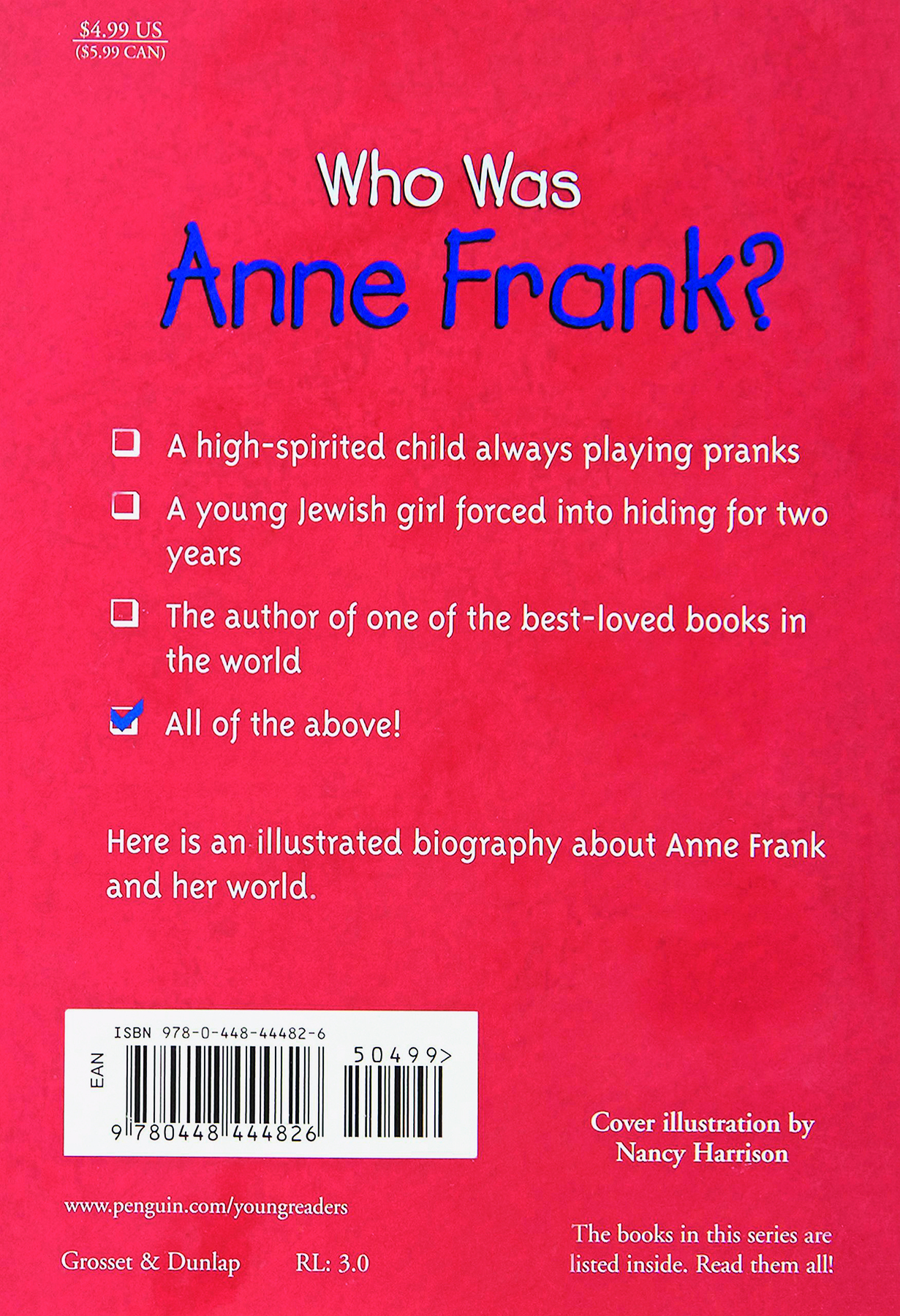
Who Was Anne Frank?
• A high-spiritedglossário child always playing pranks
• A young Jewish girl forced into hiding for two years
• The author of one of the best-loved books in the world
• All of the above!
Here is an illustrated biography about Anne Frank and her world.
- What’s the title of the book? Who wrote it?
- Who narrated the story? How long is the recording?
- When was the audiobook published?
d. What information about the protagonist do we have based on the illustration in picture 1 and the text in picture 2?
Listening
3. Listen to an extract from ru uos anne frenqui ’s audiobook. What information about Anne does it cover? In your notebook, check the ones that are mentioned in the audio.

Clique no play e acompanhe a reprodução do Áudio.
- date of birth
- favorite sport
- love for pets
- parents’ names
- personality traits
- pets’ names
- physical appearance
- place of birth
- school life
- brother’s name
- Does the recording have any other speaker besides the narrator?
- Listen to the first part of the narrative again. In your notebook, choose the appropriate options.

Clique no play e acompanhe a reprodução do Áudio.
- Anne was born on June 12, 1929/1939.
- She was from Britain/Germany.
- Her father’s name was Otto/Walter and her mother was Edith/Margot.
- én had/didn’t have a sister.
- The Franks were/weren’t different from other families.
- They lived in Frankfurt/London.
- Their apartment was/wasn’t full of books.
6. Listen to the second part of the audio again. In your notebook, match the people to the words that describe them. Use the initials of the personalities’ names.

Clique no play e acompanhe a reprodução do Áudio.
A – Anne E – Edith M – Margot O – Otto
- tall and thin
- plump
- high-spirited, outgoing
- shyglossário and quiet
- well-behaved and politeglossário
- always got into lots of trouble
g. jealous of Margot
- mom’s pet
- serious and mild mannered
- moodyglossário and had a temper
- livelyglossário , full of fun
l. dark shinning hair, large eyes and beautiful smiles
7. According to the narrative, Anne felt that Margot was her mother’s pet. What does Anne mean by that? Look at the dictionary entry and tell a classmate which meanings ófpéti applies to the passage.
Definition of pet
1 a: a pampered and usually spoiled child
b: a person who is treated with unusual kindness or consideration : DARLING
2: a domesticated animal kept for pleasure rather than utility
MERRIAM-WEBSTER. Computer software. Vers. 2.0. 2018.
Post-listening
Going further
Procure em alguma biblioteca (da escola, comunitária etcétera) um exemplar de O diário de Anne Frank. Descubra como era a vida dela no esconderijo e informe-se sobre a Segunda Guerra Mundial e o Holocausto. Compartilhe com os ou as colegas sua opinião sobre a obra.
- Discuss these questions with your classmates.
- Como você avalia sua experiência de ouvir trechos do audiobook?
- Caso você não o tenha, gostaria de ter acesso a esse livro? Por quê?
- Se você ainda não conhece a história completa de Anne frênqui , como acha que ela continua?
- Se você estivesse em uma situação de ameaça como a de Anne, que precisou ficar escondida por dois anos, manteria um diário? Explique.
- Em sua opinião, por que esse diário é considerado um documento importante para a humanidade?
Going further
Você conhece outros audiobooks? Pesquise sobre alguns audiobooks que gostaria de ouvir e compartilhe-os com a turma. Algum deles é em inglês?
ispíquin
An audiobook featuring a short biography
Pre-speaking
- Prepare an audiobook page about an inspirational person from your community/area. Follow the instructions.
- Em grupo, escolham uma pessoa de sua comunidade que considerem inspiradora por alguma razão.
- Planejem como obter informações sobre essa pessoa. Façam uma lista de possíveis tópicos para incluir na pesquisa.
- Revisem a gramática e o vocabulário desta unidade. Redijam um primeiro rascunho da biografia. Se necessário, consultem um dicionário bilíngue (impresso ou on láine), os ou as colegas ou o ou a professor ou professora para sanar dúvidas.
- Compartilhem o rascunho com colegas de outros grupos e ouçam a opinião deles ou delas.
- Façam os ajustes necessários, de acôrdo com o feedback recebido. Incluam ilustrações ou fotos para acompanhar o texto.
- Decidam que parte da biografia cada integrante do grupo vai narrar. Ensaiem a narração.
Speaking
- You and your group are now going to record your biography and present it to your classmates
- Iniciem a gravação dizendo o título da biografia e os nomes dos ou das autores ou autoras.
- Em turnos, narrem a biografia.
- Formem um círculo na sala de aula com todos os grupos. Em seguida, o ou a professor ou professora vai reproduzir a gravação de cada grupo, uma por vez, para toda a turma ouvir. um ou uma representante de cada grupo poderá explicar para os demais o critério de escolha da pessoa inspiradora.
Post-speaking
- Talk about these questions.
- Como foi elaborar a pesquisa? Quais foram as fontes de pesquisa utilizadas? Em sua opinião, qual foi a informação mais fascinante pesquisada?
- Como você se sentiu ao narrar a sua parte da biografia?
- Como os ou as colegas avaliaram a apresentação de seu grupo? Ficaram interessados ou interessadas?
- Em sua opinião, como as lições de vida das pessoas inspiradoras apresentadas por sua turma podem ajudar alguém a se tornar um ou uma cidadão ou cidadã melhor?
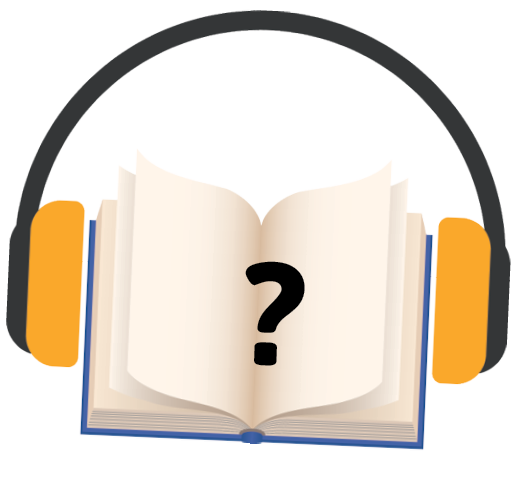
ráitin A biography about a historic figure
Que tal criar uma biografia e organizar um livro da turma com histórias de vida de pessoas que fizeram a diferença?
What: a short biography
To whom: other students; the school community
Media: paper; digital
Objective: to inform readers about the life story of an important person in history

Pre-writing (brainstorming)
- Reveja os tópicos da unidade. De quais características do gênero “biografia” você se recorda? Quais itens de gramática e vocabulário você aprendeu e que são comuns em biografias?
- Forme um grupo. Com seu grupo, escolham uma figura histórica relevante para a humanidade. Poderá ser alguém no campo das ciências, da política, dos direitos humanos, da medicina, das artes etcétera Considerem alguém que o grupo admire.
- Coletem informações sobre essa pessoa (onde e quando nasceu, se ainda é viva, suas origens, fatos importantes da vida pessoal e profissional, curiosidades etcétera).
First draft
- Com base nas informações coletadas, escrevam a biografia, organizando-a em seções ou itens.
- Compartilhem seu rascunho com outros grupos e comentem o rascunho deles.
- Caso haja grupos que estejam escrevendo sobre as mesmas figuras históricas, considerem a possibilidade de fundir as informações coletadas, criando uma biografia única.
Editing
- Revisem a produção do grupo com base nas sugestões recebidas de seus ou suas colegas.
- Procurem alguma imagem da pessoa biografada para ilustrar o texto. Lembrem-se de inserir a legenda para contextualizar essa imagem, bem como a fonte de onde ela foi retirada.
Final text
9. Compartilhem sua produção com a turma toda e com o ou a professor ou professora. Façam novos ajustes, se necessário.
Post-writing
10. Juntem e organizem todas as biografias (por ordem alfabética ou por área de atuação das pessoas biografadas), criando um livro de biografias da turma. Disponibilizem-no na biblioteca da escola ou da comunidade para consultas. É possível expor as biografias periodicamente no mural da escola em datas relevantes.
pici cãltchur
1. Read the text and answer the questions in your notebook.
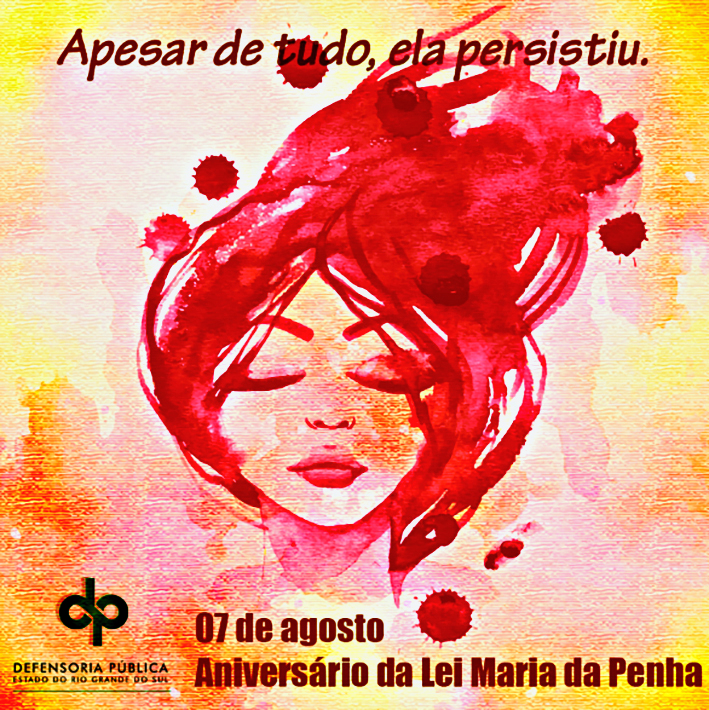
“So many women think that violence is only physical, they are not aware of other kinds of violence. reticências They don’t understand psychological, moral, sexual violence. The law lists all those kinds of abuses. Nowadays women are coming forward reticências to press charges, but it’s only in the cities or the state capitals where there are shelters and specialised police units and all the facilities.”
UCHOA, Pablo. Maria da Penha: The woman who changed Brazil’s domestic violence laws. BBC News, 22 setembro2016. Disponível em: https://oeds.link/A3xUJt. Acesso em: 6 ago. 2022.
- Maria da Penha struggles to fight against violence against ◆
- women in Brazil.
- immigrants in Brazil.
2. Em pequenos grupos, pesquisem sobre Maria da Penha e escrevam uma minibiografia sobre ela e, com o apôio do ou da professor ou professora, preparem uma campanha contra a violência doméstica, que atinja tanto o público escolar como a comunidade.
selfi-tchéqui
1. Reveja a Unidade 6 e as atividades e anotações no caderno. Em seguida, escolha as alternativas que mais se aproximam da sua produção e as escreva no caderno.

|
Eu consigo... |
|
|
|
|---|---|---|---|
|
compreender biografias sobre figuras importantes do passado... |
|||
|
identificar os elementos básicos em uma biografia... |
|||
|
compreender o uso de verbos irregulares para falar/ escrever sobre alguém no passado... |
|||
|
compreender conectivos para ligar ideias e expressar adição, contraste, causa, tempo (antes/depois), motivo e consequência... |
|||
|
compreender uma narrativa oral sobre a vida de uma pessoa importante do passado... |
|||
|
produzir uma narrativa oral sobre alguém inspirador... escrever uma biografia... |
|||
|
escrever uma biografia... |
Be na agent of change
Units 5 and 6 Once upon a real time...
- Answer the questions in your notebook. Then discuss them with your classmates.
- Você já viveu alguma experiência que parecia retirada de um filme? Comente.
- Você conhece alguém ou se lembra de algum acontecimento cuja relevância justificaria que ele fosse representado cinematograficamente? Por quê?
- O que faz uma história real merecer ser transformada em um filme que inspire as pessoas? Que tipos de ensinamentos podem ser retirados de tais histórias?
- Você já assistiu a algum filme baseado em fatos reais? Na sua opinião, nesse/nesses filme ou filmes, o que era real e o que foi adicionado por iniciativa dos ou das produtores/produtoras? Por que isso teria acontecido?
- Read the synopses of three movies that were inspired by real events. What happens in each one? Complete the sentences with the titles of the movies in your notebook.
1

A five-year-old Indian boy is adopted by an Australian couple after getting lost hundreds of kilometers from home. 25 years later, he sets out to find his lost family.
LION. IMDb. Disponível em: https://oeds.link/0BM1mu. Acesso em: 24 maio 2022.
2
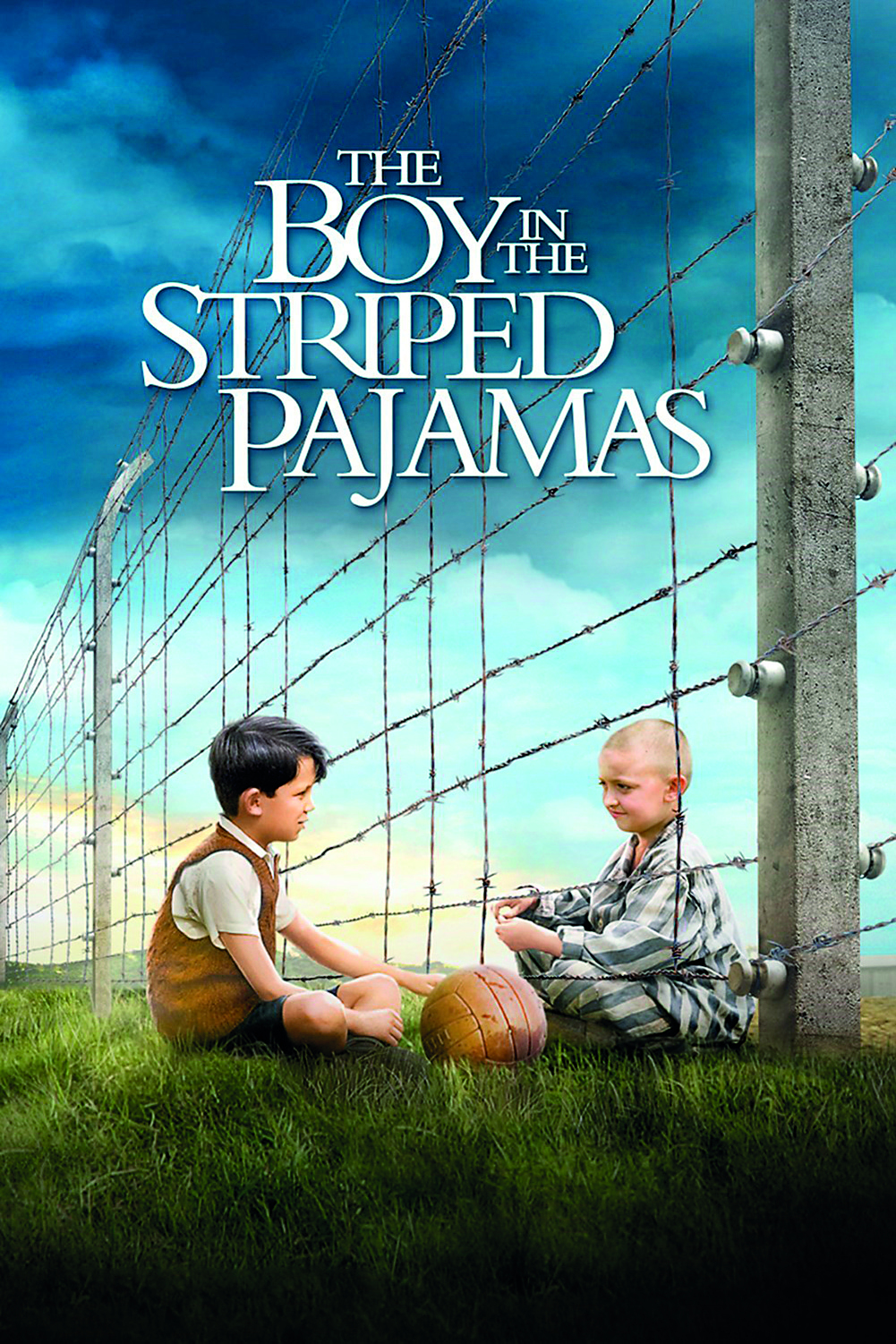
Bruno, an eight-year-old boy from Berlin, Germany, is moved with his mother, elder sister, and SS Commander father to the countryside in Europe where his father is in charge of a concentration camp for Jews. Bruno went “exploring” one day and befriended a child his age named Shmuel. Shmuel was a Jew. The boys became good friends until Bruno was scheduled to move to a new location.
THE BOY in the stripped pajamas. IMDb. Disponível em: https://oeds.link/ni7F4t. Acesso em: 24 maio 2022.
3
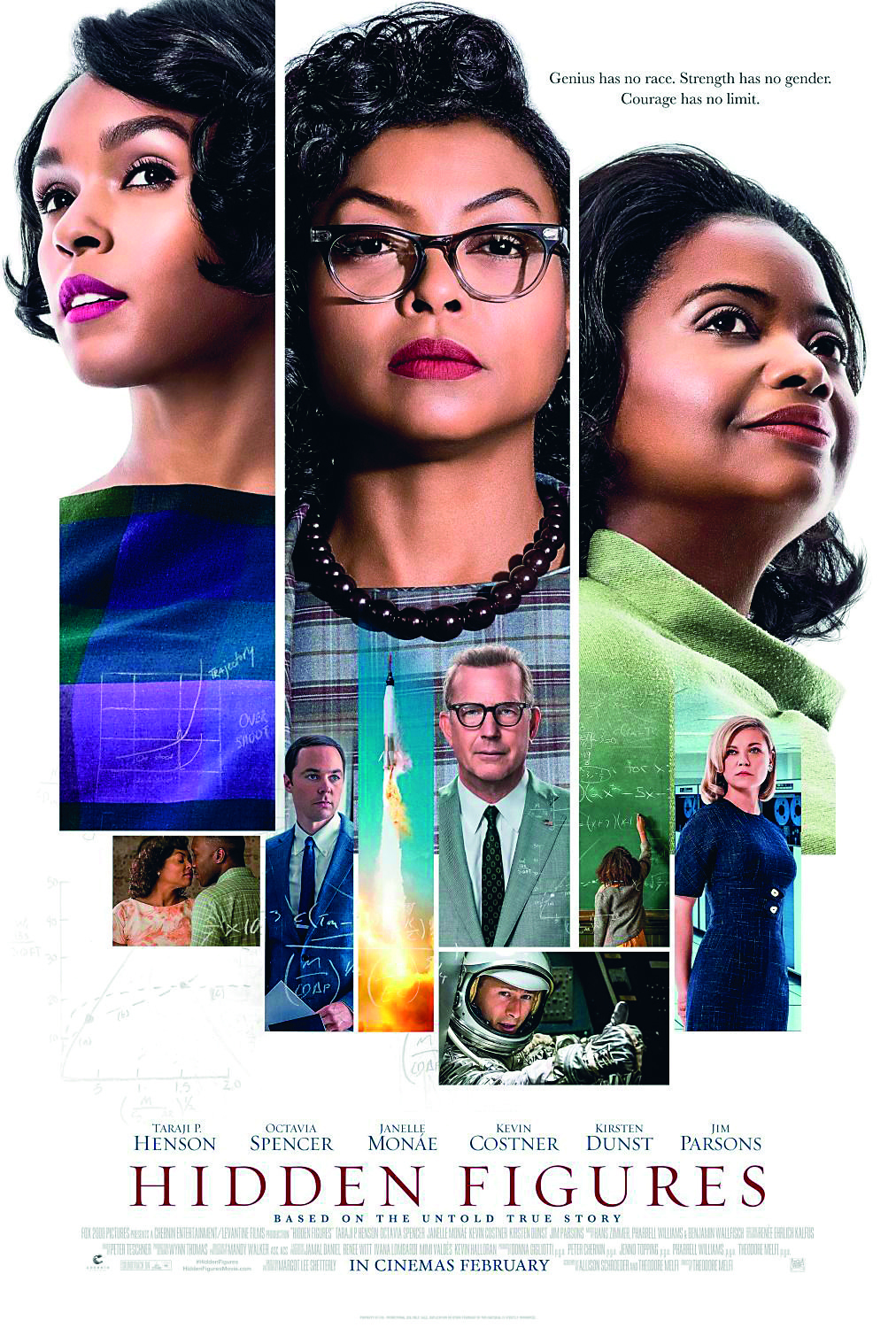
As the United States raced against Russia to put a man in space, NASA found untapped talent in a group of African-American female mathematicians that served as the brains behind one of the greatest operations in U.S. history. Based on the unbelievably true life stories of three of these women, known as “human computers” […].
HIDEEN figures. IMDb. Disponível em: https://oeds.link/x24eGq. Acesso em: 24 maio 2022.
- O filme que conta a história de um grupo de mulheres à frente de seu tempo no campo científico nos Estados Unidos da década de 1960, durante a Guerra Fria, é espaço para resposta.
- O filme que conta a história de um jovem que tenta reencontrar sua família após mais de duas décadas é espaço para resposta.
- O filme que conta uma história fictícia de amizade entre duas crianças durante um acontecimento histórico real da humanidade, marcado pela intolerância extrema (os campos de concentração na Alemanha nazista, durante a Segunda Guerra Mundial), é espaço para resposta.
- Refer to the movies in activity 2. Then discuss these questions with your classmates.
- Você já assistiu a algum desses filmes? Em caso afirmativo, qual deles? Qual foi sua opinião? Em caso negativo, ficou interessado/a em assistir a algum? Comente suas respostas.
- Pensando no conceito de Cultura de Paz, qual ou quais desses filmes, na sua opinião, poderia ou poderiam ser tomado/s como representativo/s dos seguintes pilares dessa cultura? Oriente-se pelas sinopses lidas aqui e por outras leituras sobre esses filmes que você conseguir realizar.
- Tolerância
- Igualdade
- Solidariedade
- Direitos Humanos
- Cooperação
- Participação democrática
- Plan an occasion to hear real stories in the classroom. Follow the instructions.
- Em turma, façam um levantamento sobre pessoas mais velhas que tenham boas histórias verdadeiras para contar. Pensem em seus pais, avós, outros parentes, etcétera
- Decidam quantos/quantas convidados ou convidadas cada estudante poderá levar, verificando quantas pessoas poderão participar, de modo que se distribua igualmente o tempo de fala entre os convidados para que contem suas histórias. Por exemplo, cada história poderia ser contada em um tempo médio de cinco minutos. Considerem também um tempo para perguntas e respostas.
- Se sua turma se organizar em grupos, decidam quantos/quantas convidados ou convidadas cada grupo poderá trazer.
- Caso um ou uma convidado ou convidada não possa comparecer à escola, registrem a história em vídeo.
- Em data previamente combinada, preparem a recepção dos ou das participantes.
- Aproveitem para conhecer a história de vida dessas pessoas. Divirtam-se e emocionem-se!
- Enquanto ouvem as histórias, anotem os fatos que acharem mais interessantes ou emocionantes. Ao final, compartilhem suas ideias sobre as histórias.
Glossário
- come up with
- - inventar
- Voltar para o texto
- childhood
- - infância
- Voltar para o texto
- citizen
- - cidadão/cidadã
- Voltar para o texto
- Jewish
- - judeu/judia
- Voltar para o texto
- fail
- - falhar; reprovar
- Voltar para o texto
- death
- - morte
- Voltar para o texto
- achievement
- - conquista, realização
- Voltar para o texto
- lawyer
- - advogado/a
- Voltar para o texto
- scholar
- - acadêmico/a
- Voltar para o texto
- lead
- - liderar
- Voltar para o texto
- belong
- - pertencer
- Voltar para o texto
- high-spirited
- - animado/a; entusiasmado/a
- Voltar para o texto
- shy
- - tímido/a
- Voltar para o texto
- polite
- - educado/a
- Voltar para o texto
- moody
- - temperamental
- Voltar para o texto
- lively
- - alegre; animado/a
- Voltar para o texto
